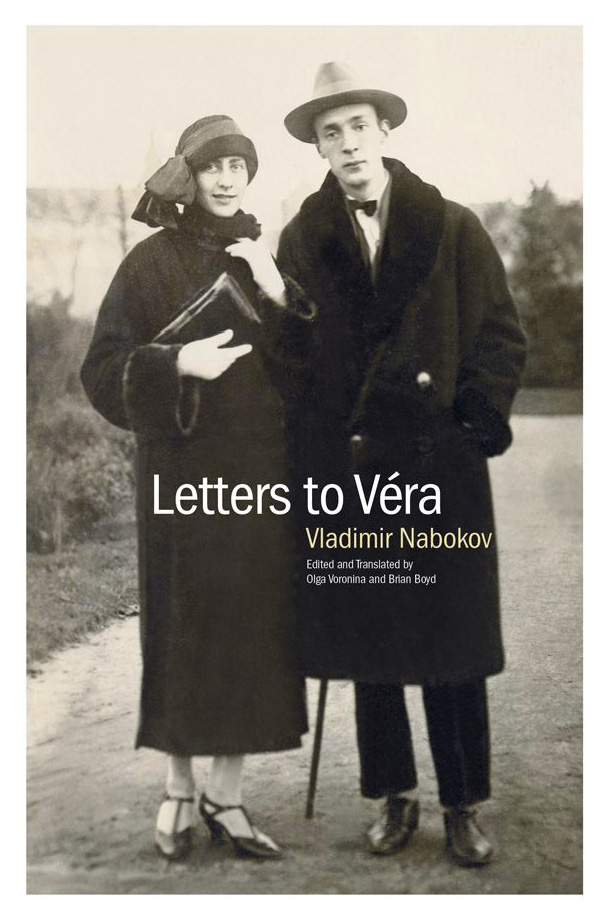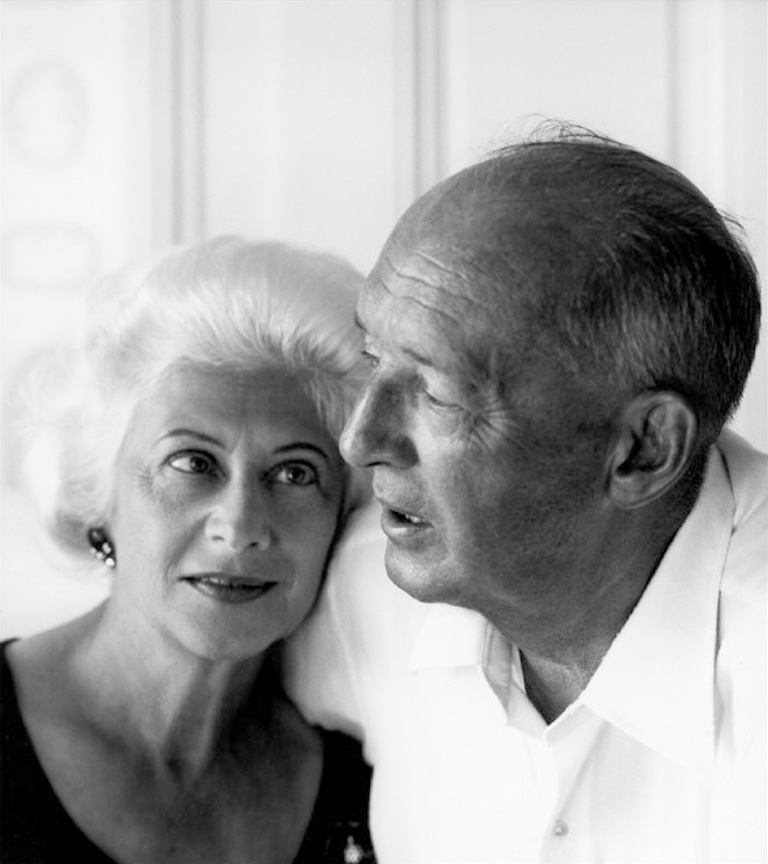May 8, 1923: Young Vladimir Nabokov Meets the Love of His Life and Wins Her Over with a Poem
by Maria Popova“Longing, and mystery, and delight…”
 On May 8, 1923, a young woman appeared before a young man — an emerging poet — at an émigré charity ball in Berlin. Wearing a black Harlequin demi-mask she refused to lower, she proceeded to produce a verse from one of his poems, which she had clipped from the Russian liberal daily Rul’ some months earlier and committed to memory.
On May 8, 1923, a young woman appeared before a young man — an emerging poet — at an émigré charity ball in Berlin. Wearing a black Harlequin demi-mask she refused to lower, she proceeded to produce a verse from one of his poems, which she had clipped from the Russian liberal daily Rul’ some months earlier and committed to memory.
He was instantly besotted.
The woman was 21-year-old Véra Slonim and the man 24-year-old Vladimir Nabokov, and with this Shakespearean encounter began one of history’s greatest romances.
Nabokov had just emerged from the heartbreak of his first great love and was still raw with grief over his father’s death. The encounter with Véra sliced through the thick of this darkness with a luminous beam of possibility — for love, for happiness, for vibrant aliveness. So taken was the young writer with the glimpse of this possibility that he immortalized that fateful moment in a beautiful poem titled “The Encounter,” included in the altogether enchantingLetters to Véra (public library) — one of the best biographies of 2014, which gave us Nabokov’s affectionate bestiary of nicknames for Véra, his clever puzzles and word games for her, and literature’s most entertaining account of food poisoning.
Nabokov mailed the poem to Rul,’ where it was published on June 24. Catalyzing their lifetime of passionate love letters was this most exquisite private serenade performed behind the demi-mask of a public text, translated here by Olga Voronina.
THE ENCOUNTER
enchanted by this strange proximityLonging, and mystery, and delight…
as if from the swaying blackness
of some slow-motion masquerade
onto the dim bridge you came.And night flowed, and silent there floated
into its satin streams
that black mask’s wolf-like profile
and those tender lips of yours.And under the chestnuts, along the canal
you passed, luring me askance.
What did my heart discern in you,
how did you move me so?In your momentary tenderness,
or in the changing contour of your shoulders,
did I experience a dim sketch
of other — irrevocable — encounters?Perhaps romantic pity
led you to understand
what had set trembling that arrow
now piercing through my verse?I know nothing. Strangely
the verse vibrates, and in it, an arrow…
Perhaps you, still nameless, were
the genuine, the awaited one?But sorrow not yet quite cried out
perturbed our starry hour.
Into the night returned the double fissure
of your eyes, eyes not yet illumed.For long? For ever? Far off
I wander, and strain to hear
the movement of the stars above our encounter
and what if you are to be my fate…Longing, and mystery, and delight,
and like a distant supplication….
My heart must travel on.
But if you are to be my fate…
His fate she did become — they were married twenty months later and remained together for half a century, until death did them part. So complete was their union that Véra became Vladimir’s de facto editor, assistant, administrator, agent, archivist, chauffeur, researcher, stenographer in four languages, and even his bodyguard, famously carrying a small pistol in her purse to protect her husband from assassination after he became America’s most famous and most scandalous living author.
Letters to Véra is a breathtakingly beautiful in its totality. Complement it with other exhilarating first encounters that sparked some of creative culture’s greatest loves: Frida Kahlo and Diego Rivera, Gertrude Stein and Alice B. Toklas,Sylvia Plath and Ted Hughes, and Zelda and F. Scott Fitzgerald.
